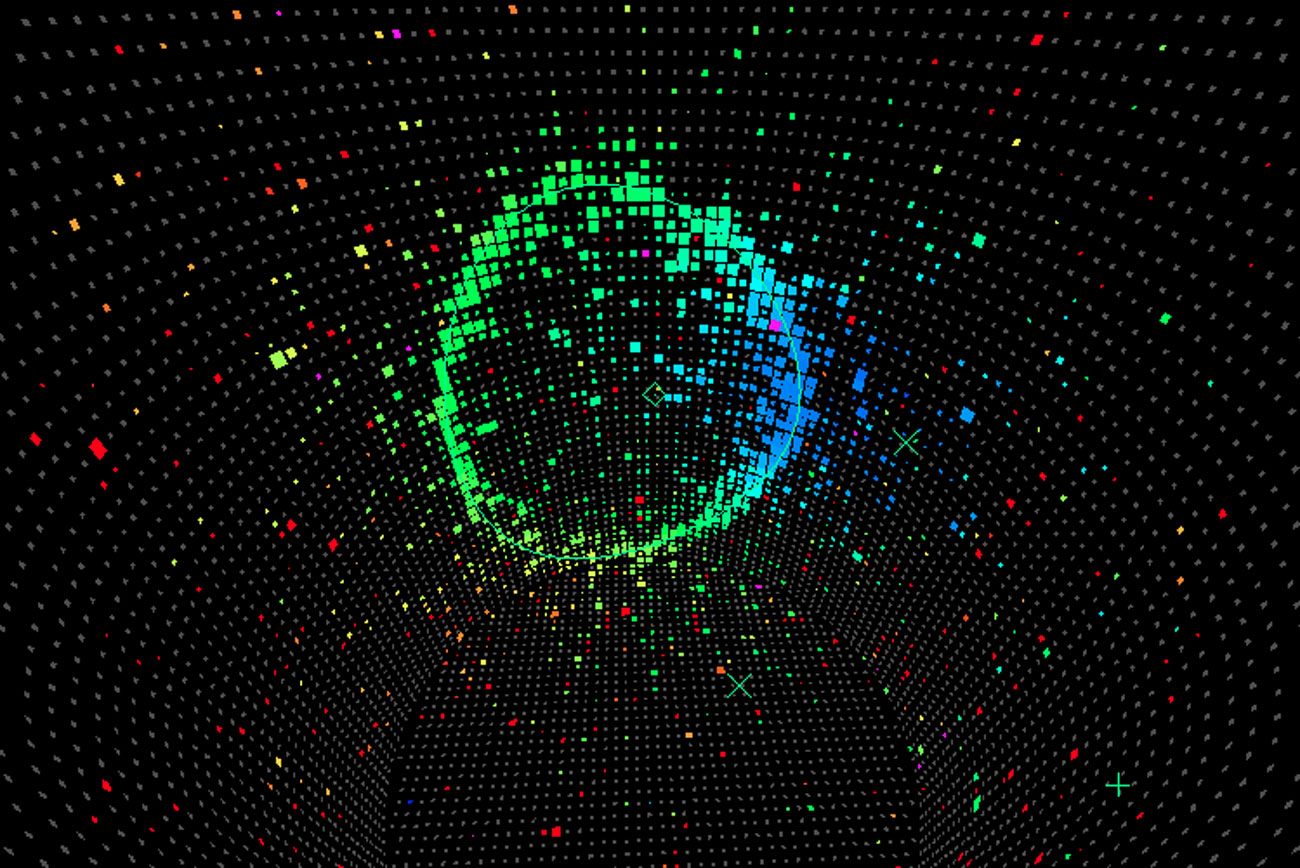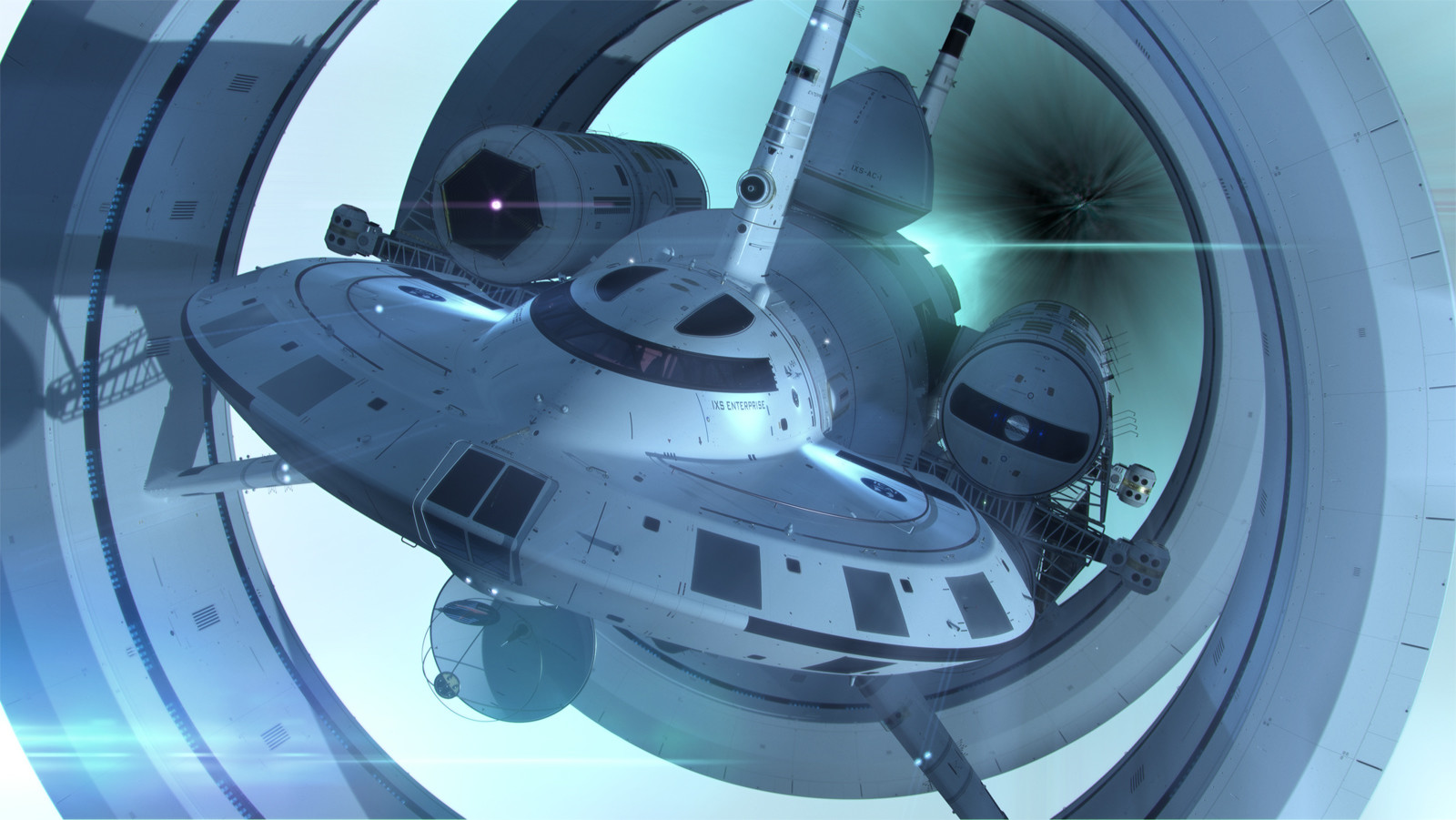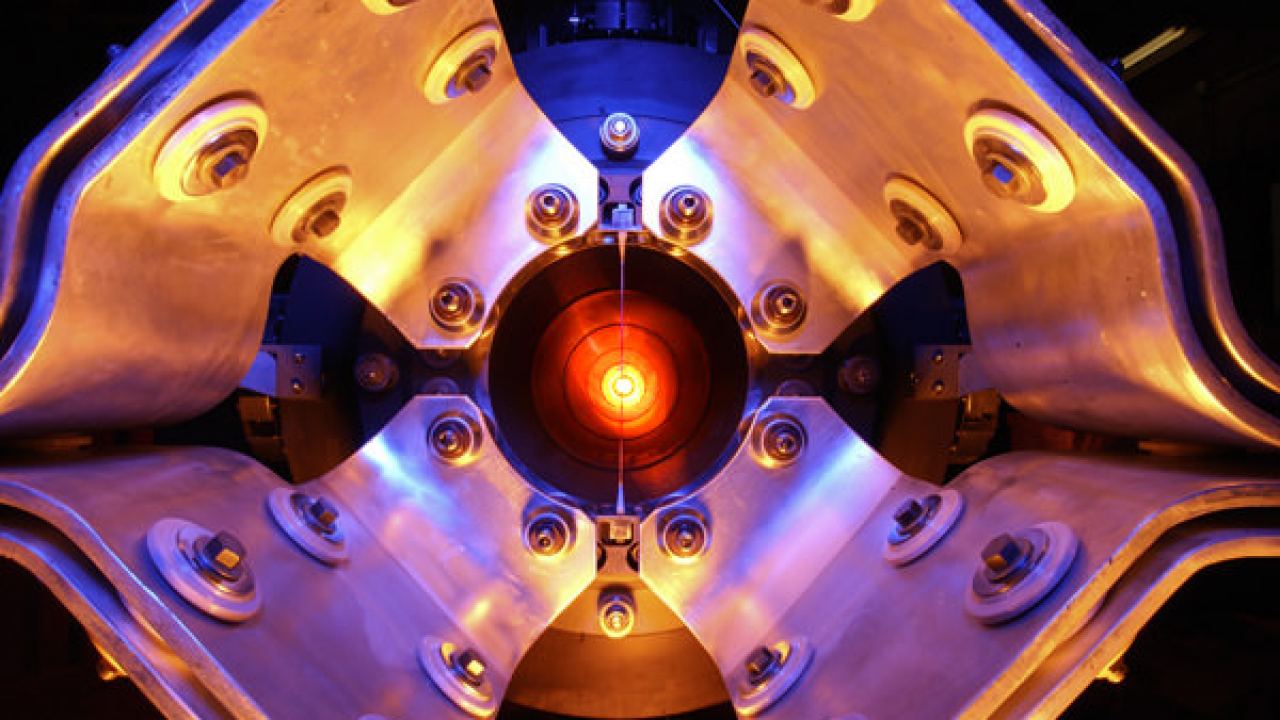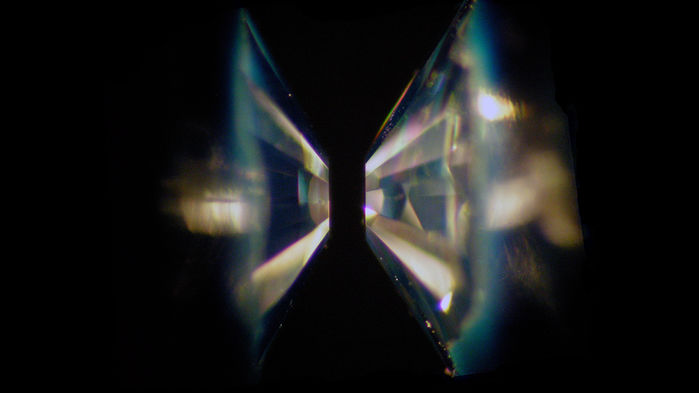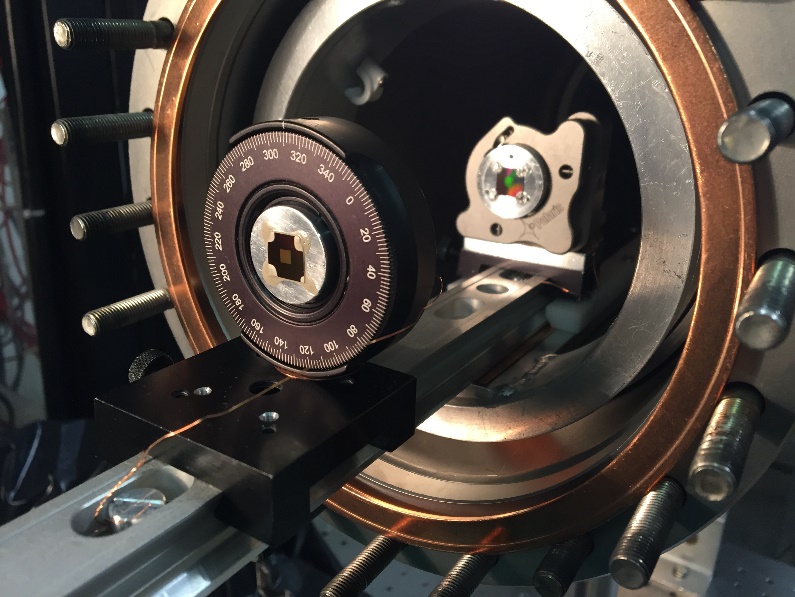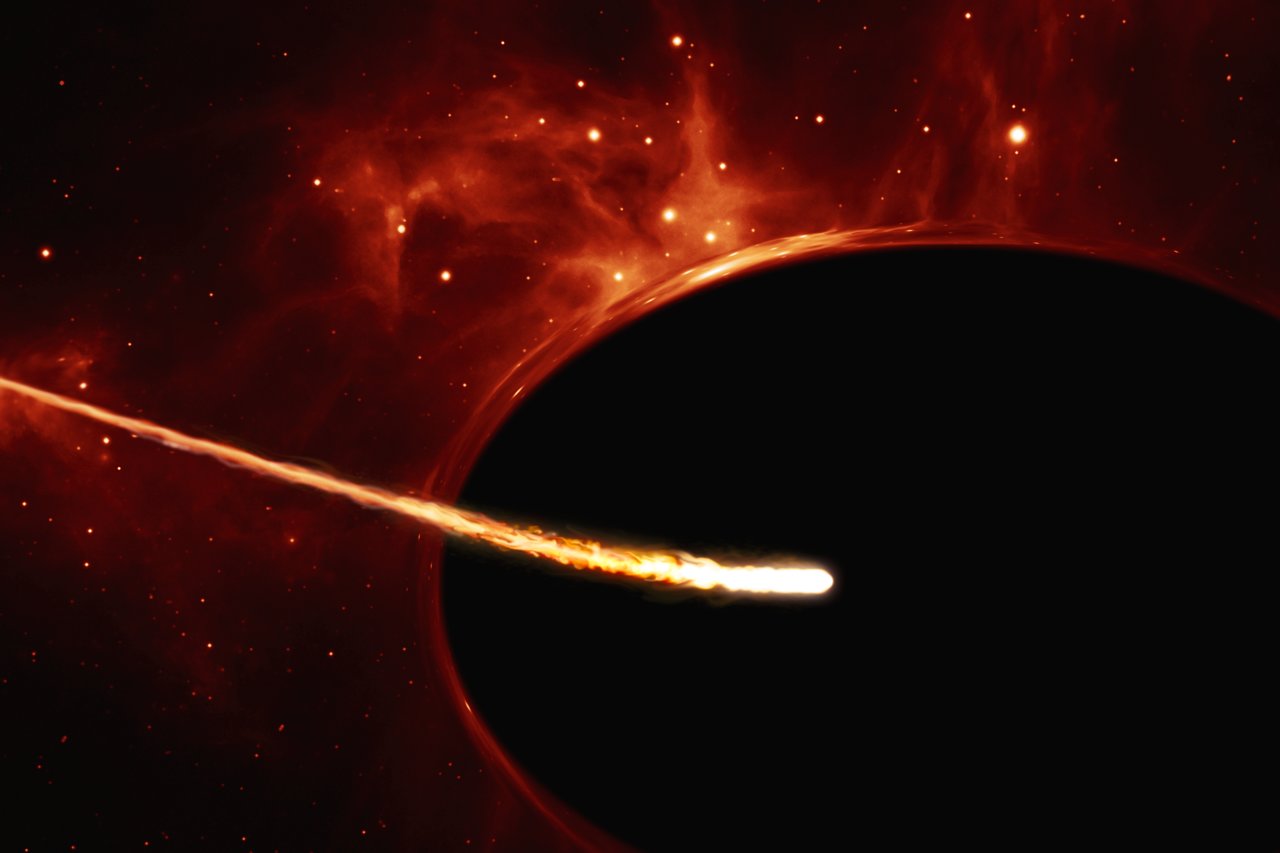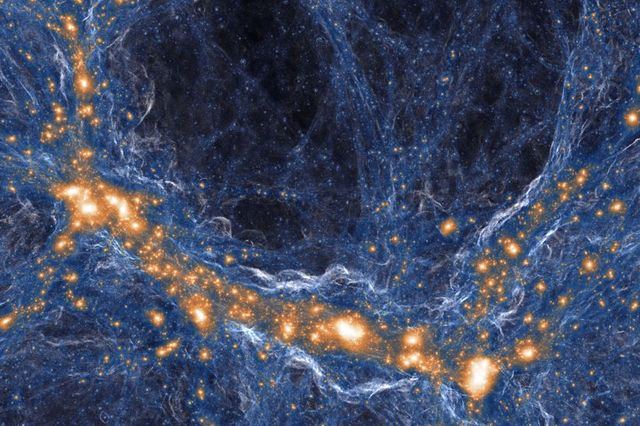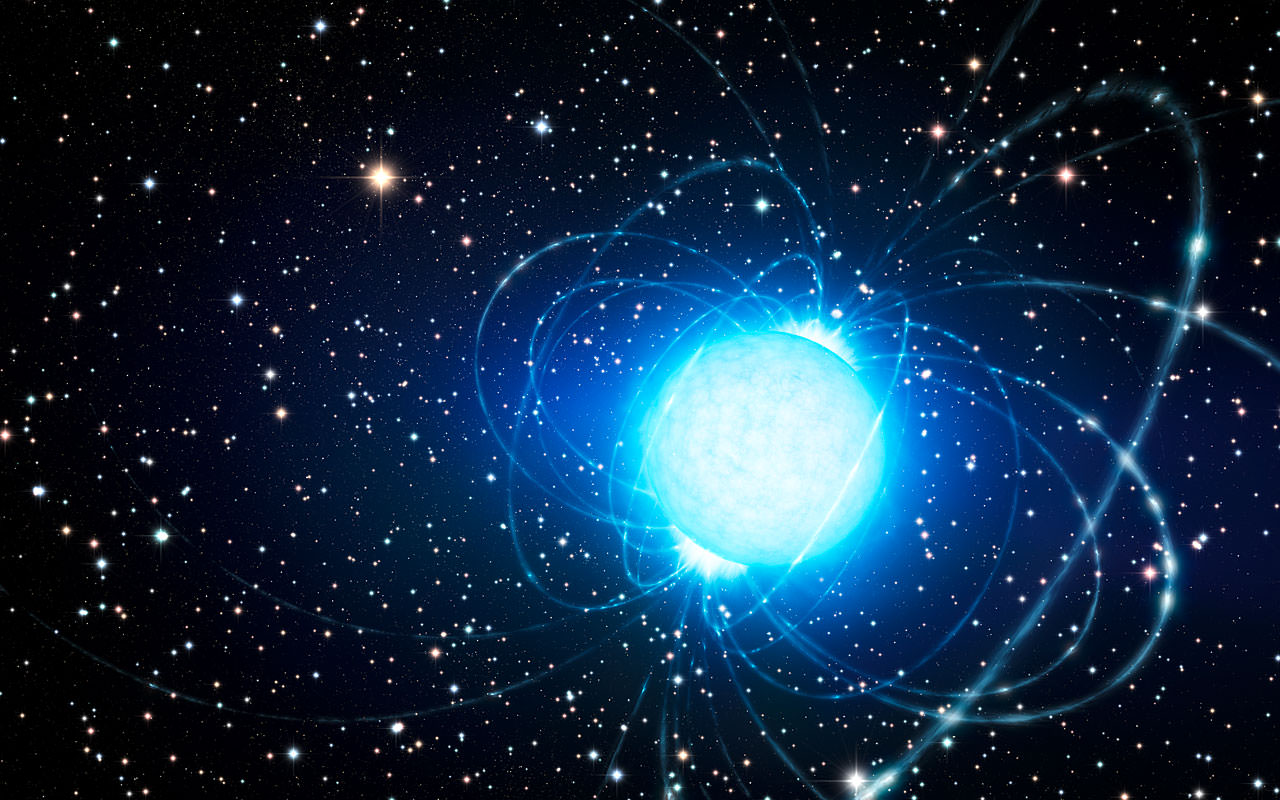Although neutrinos are mysterious particles, they are remarkably common. Billions of neutrinos pass through your body every second. But neutrinos rarely interact with regular matter, so detecting them is a big engineering challenge. Even when we do detect them, the results don’t always make sense. For example, we’ve recently detected neutrinos that have so much energy we have no idea how they are created.
Continue reading “Neutrinos Have Been Detected With Such High Energy That The Standard Model Can’t Explain Them”Neutrinos Have Been Detected With Such High Energy That The Standard Model Can’t Explain Them
